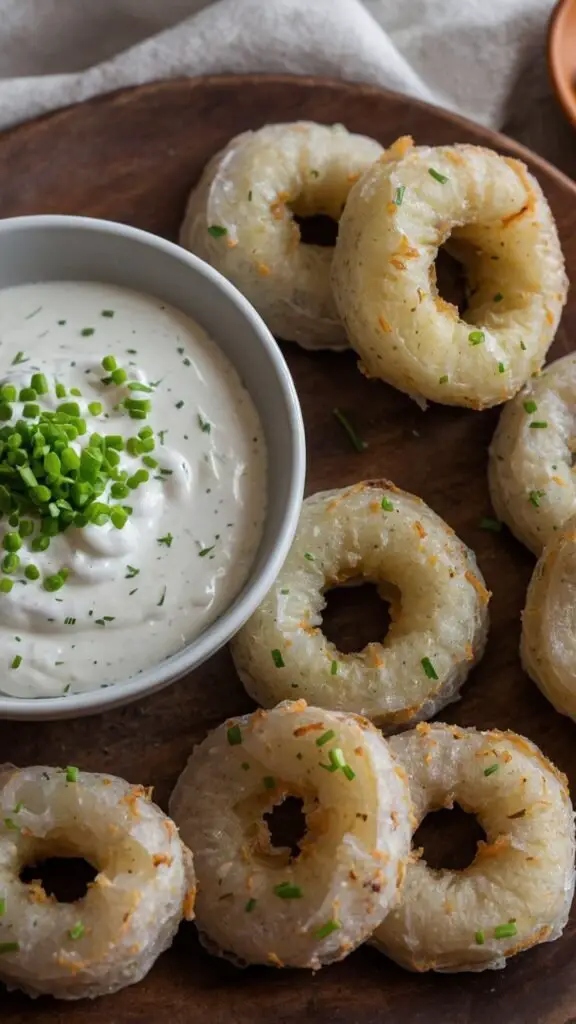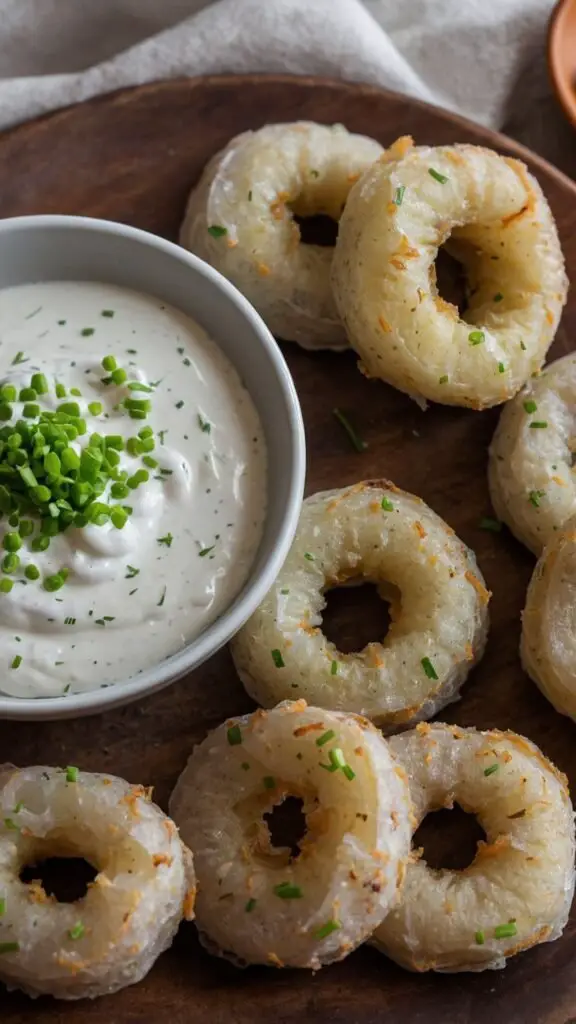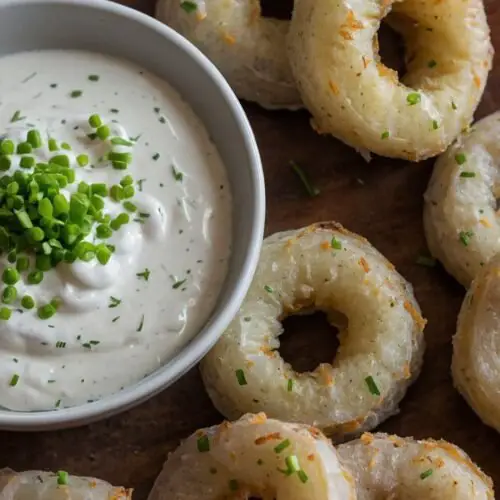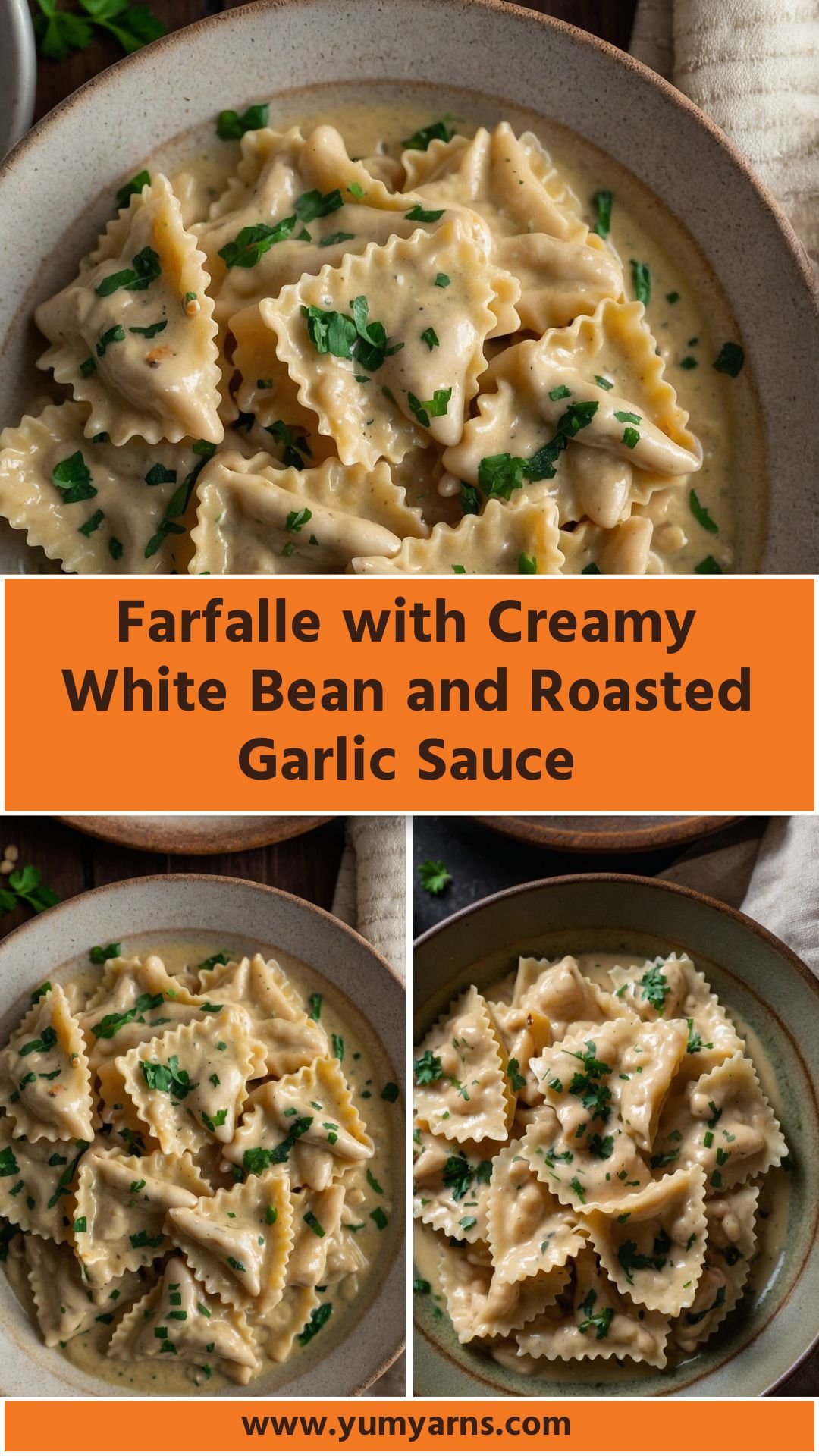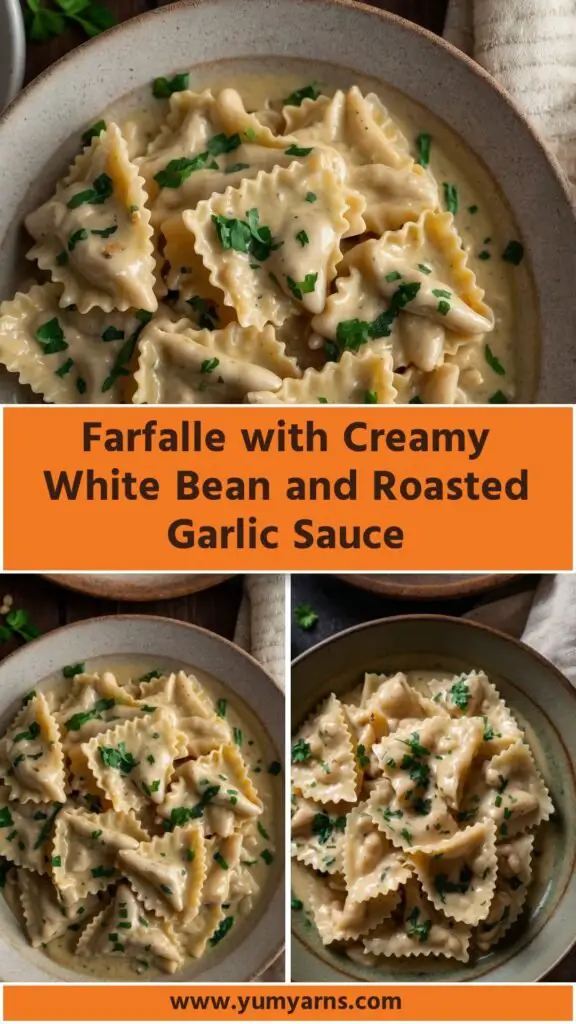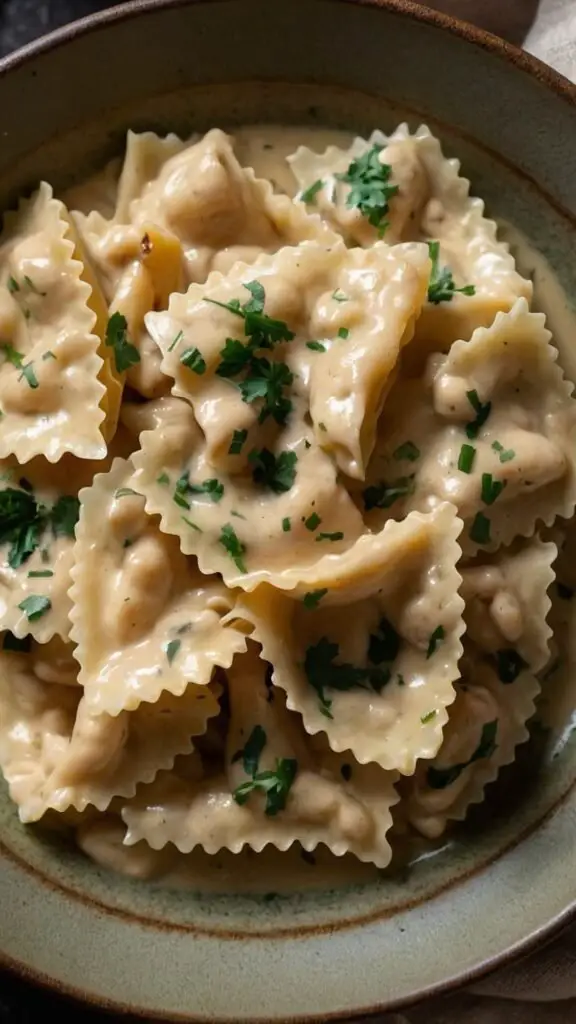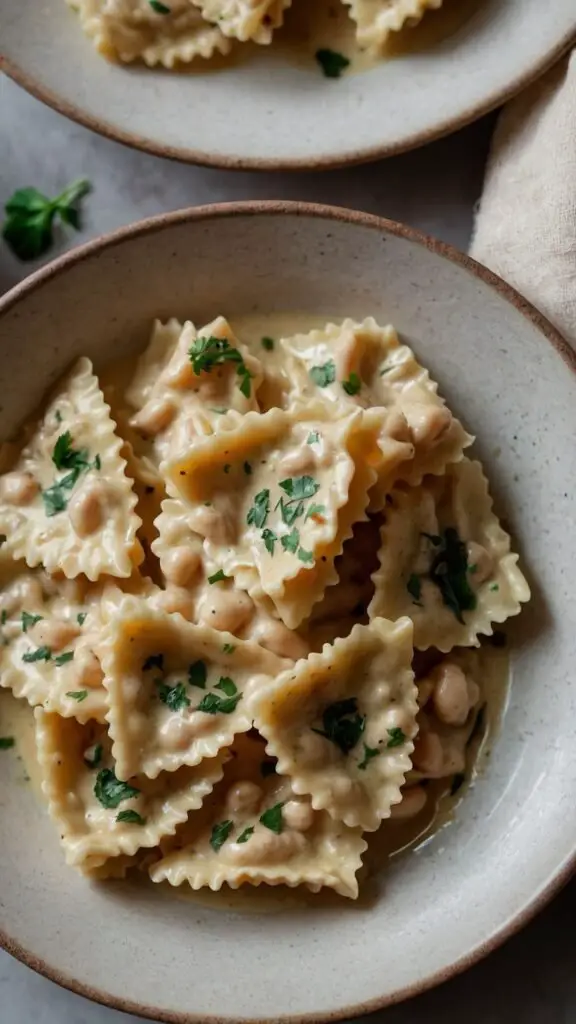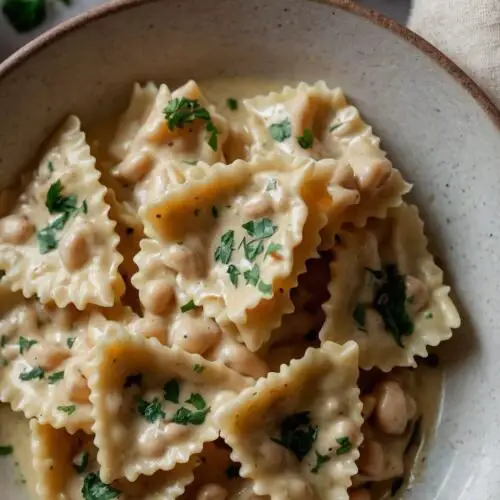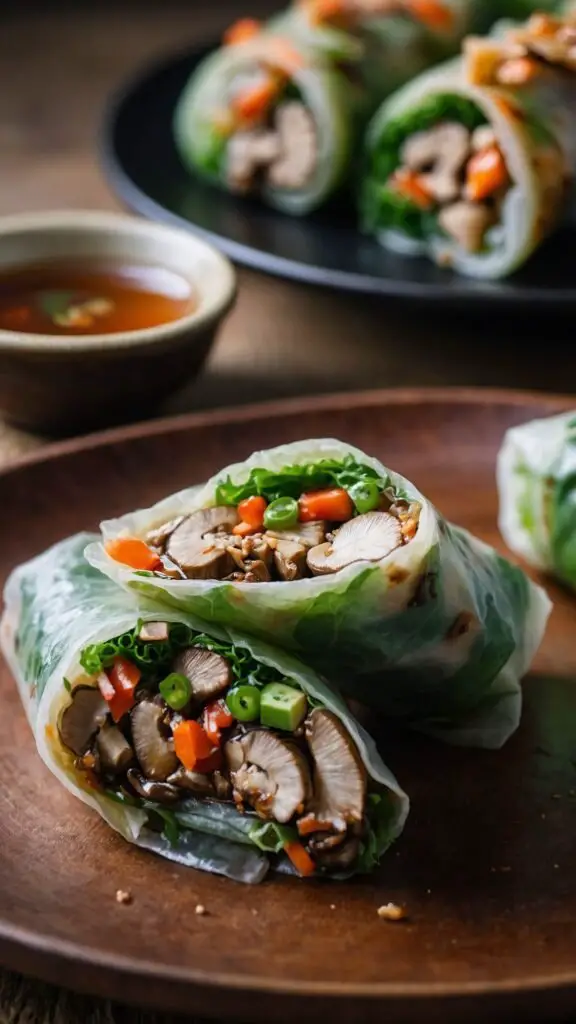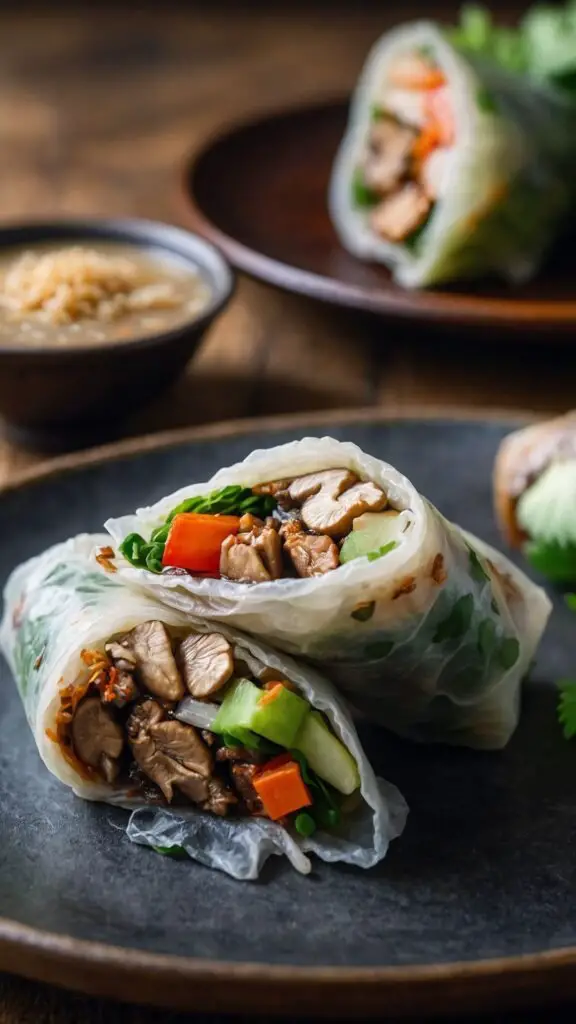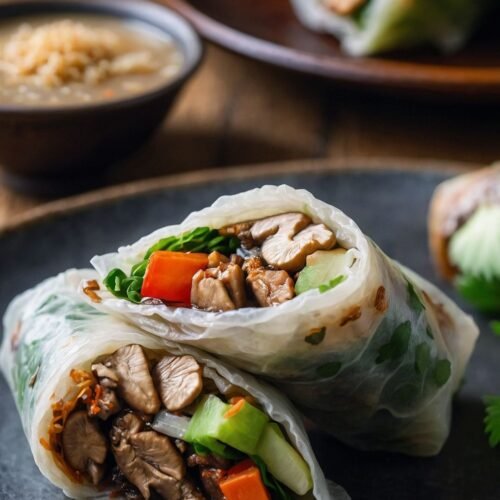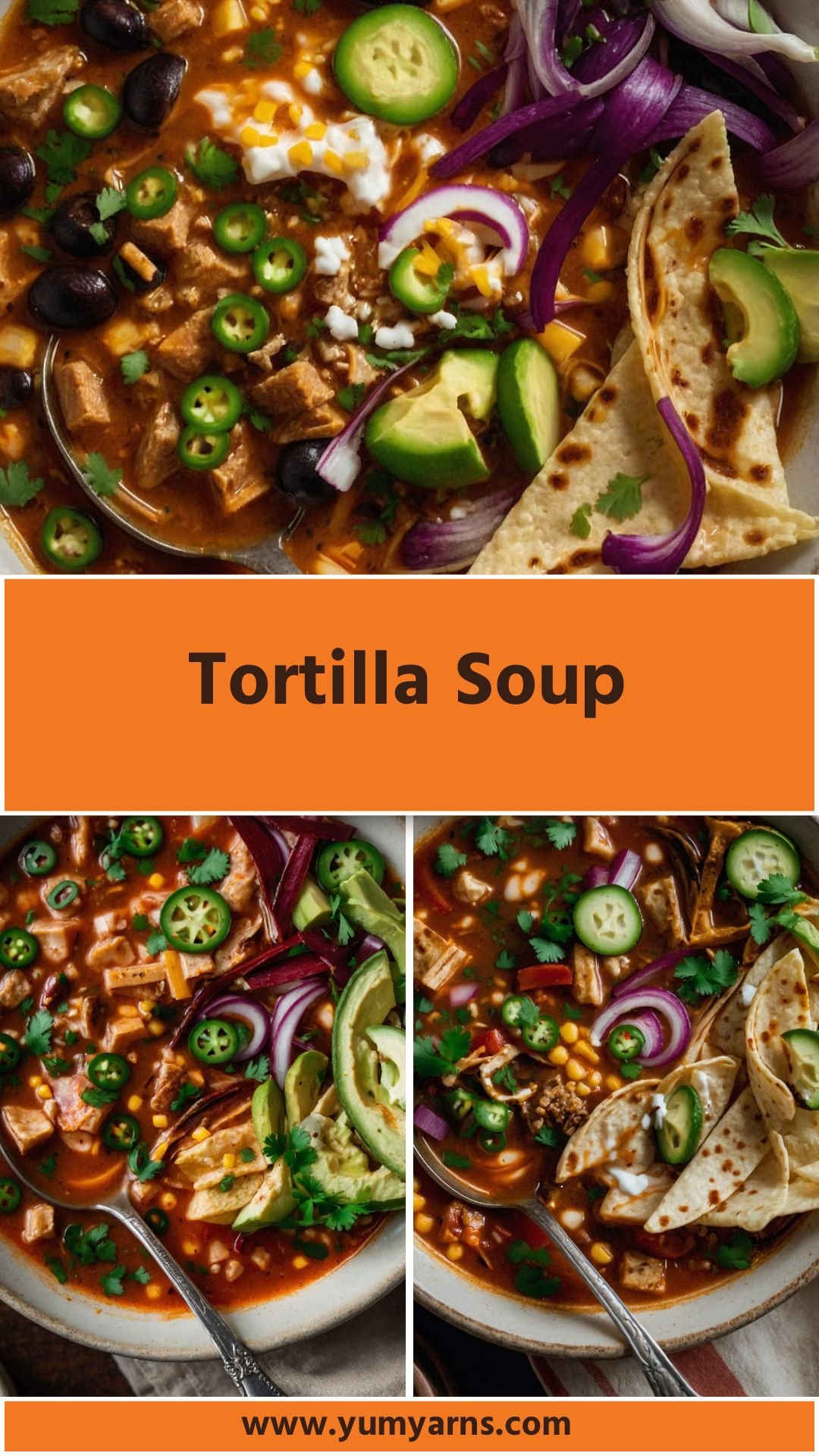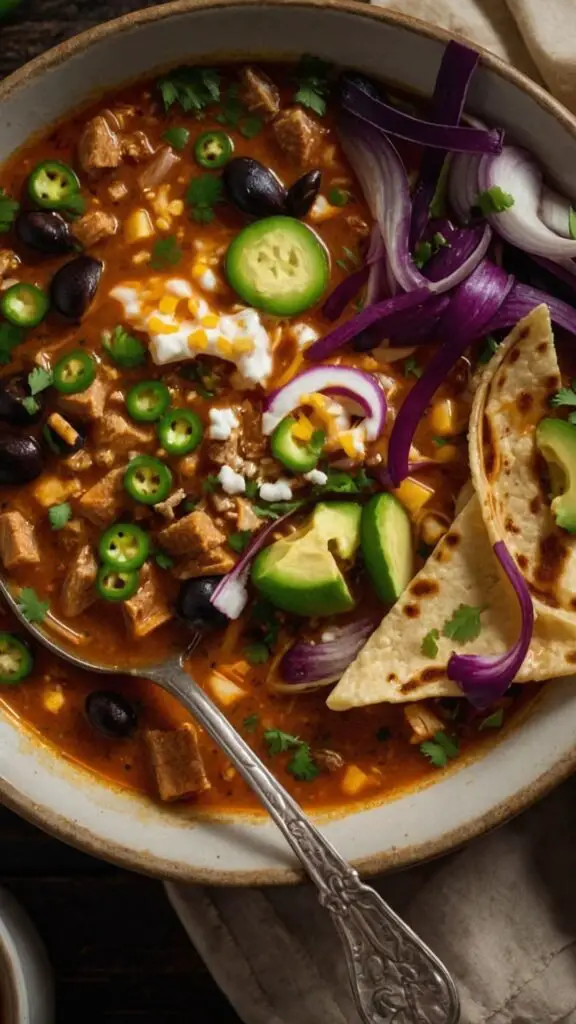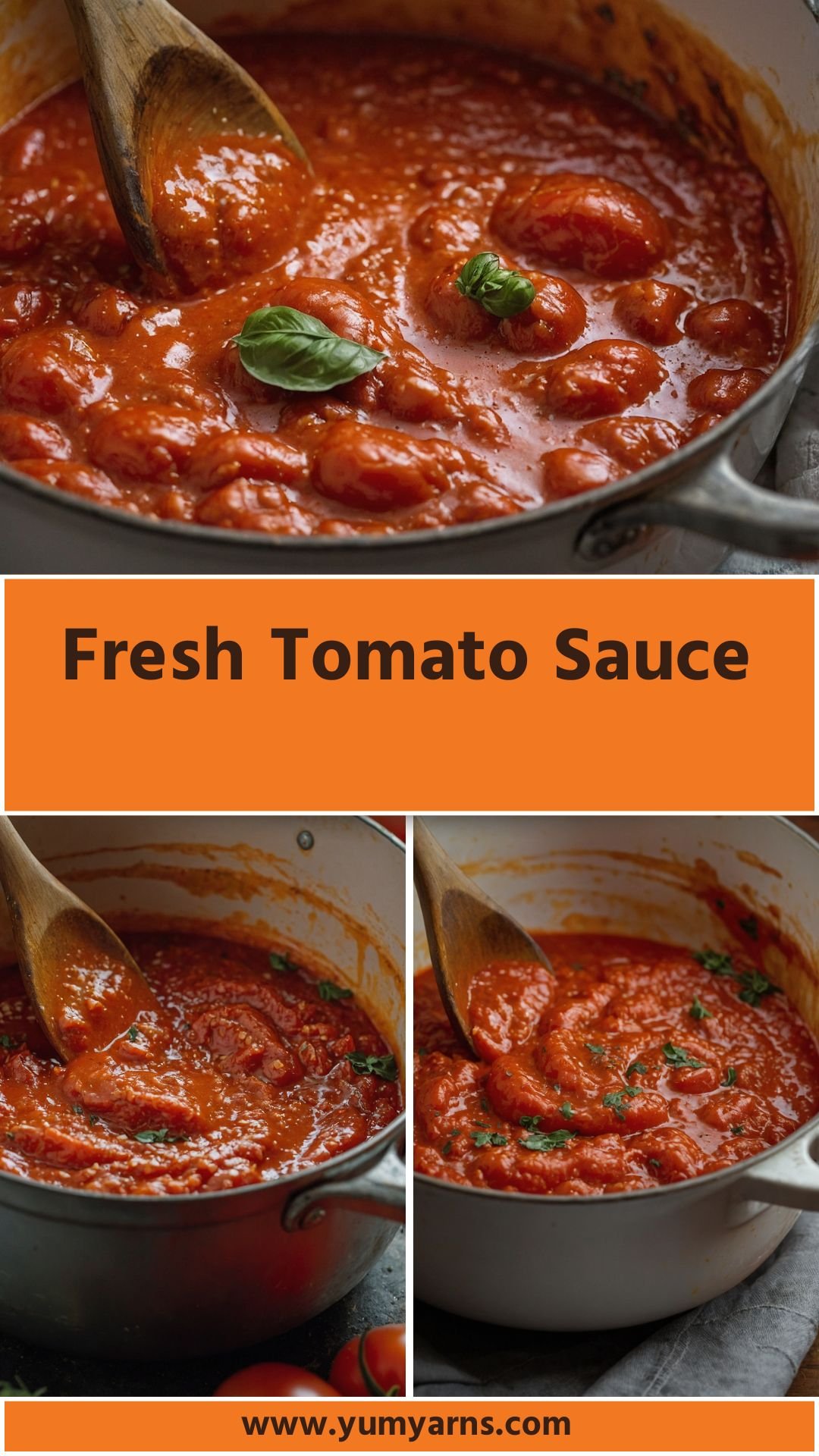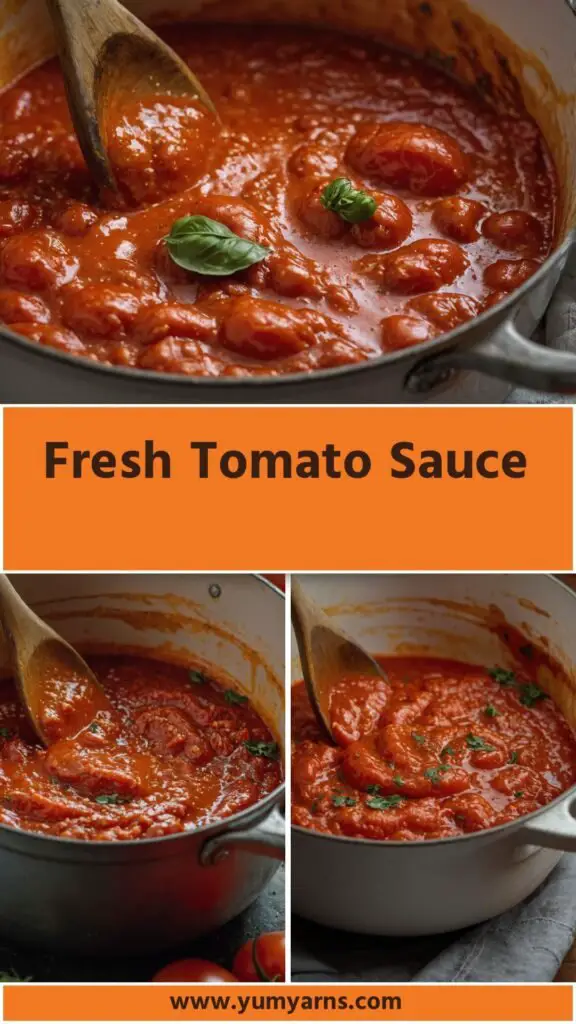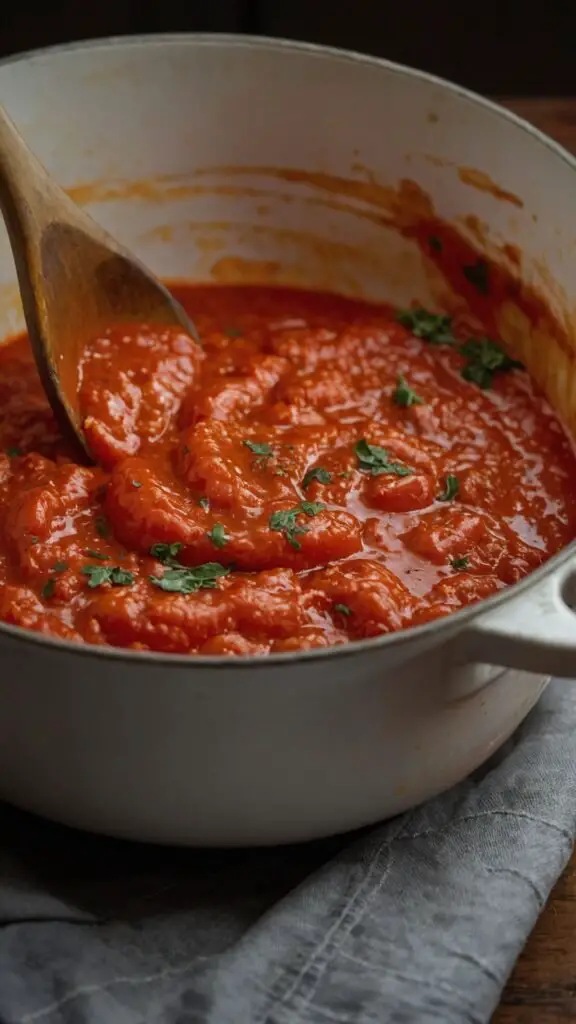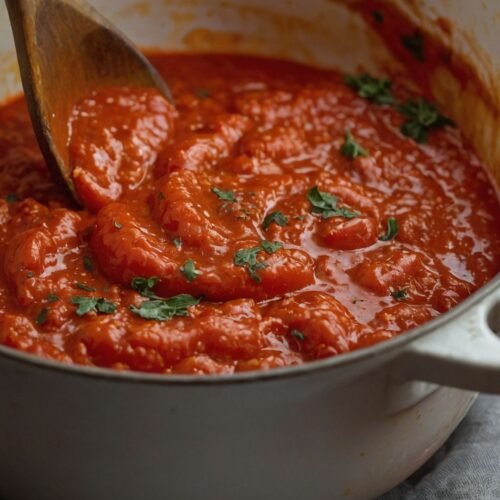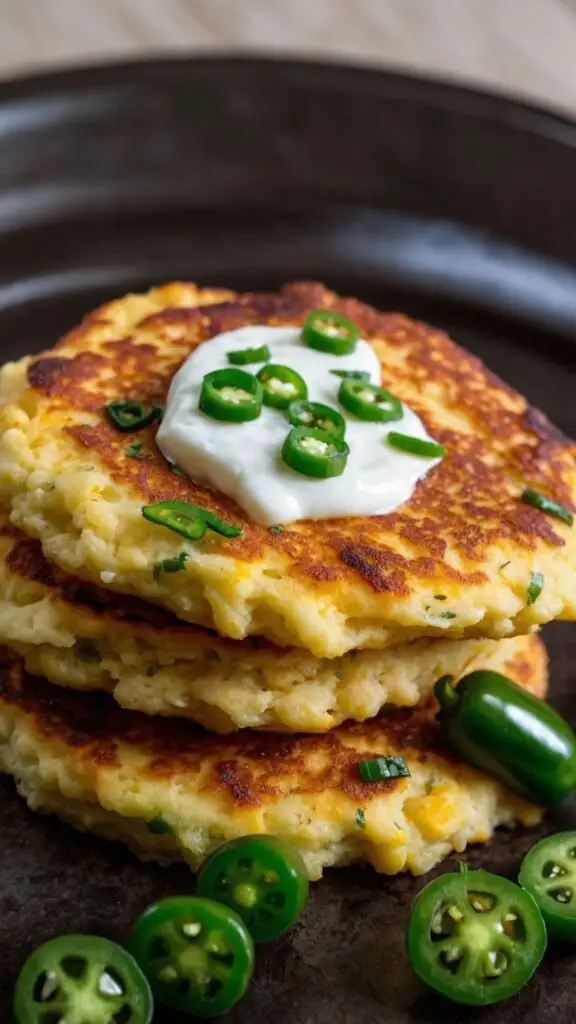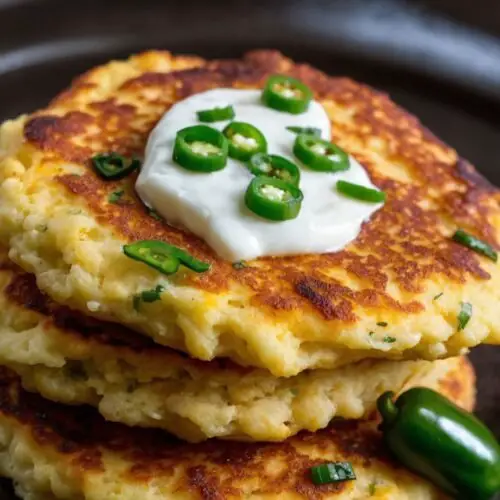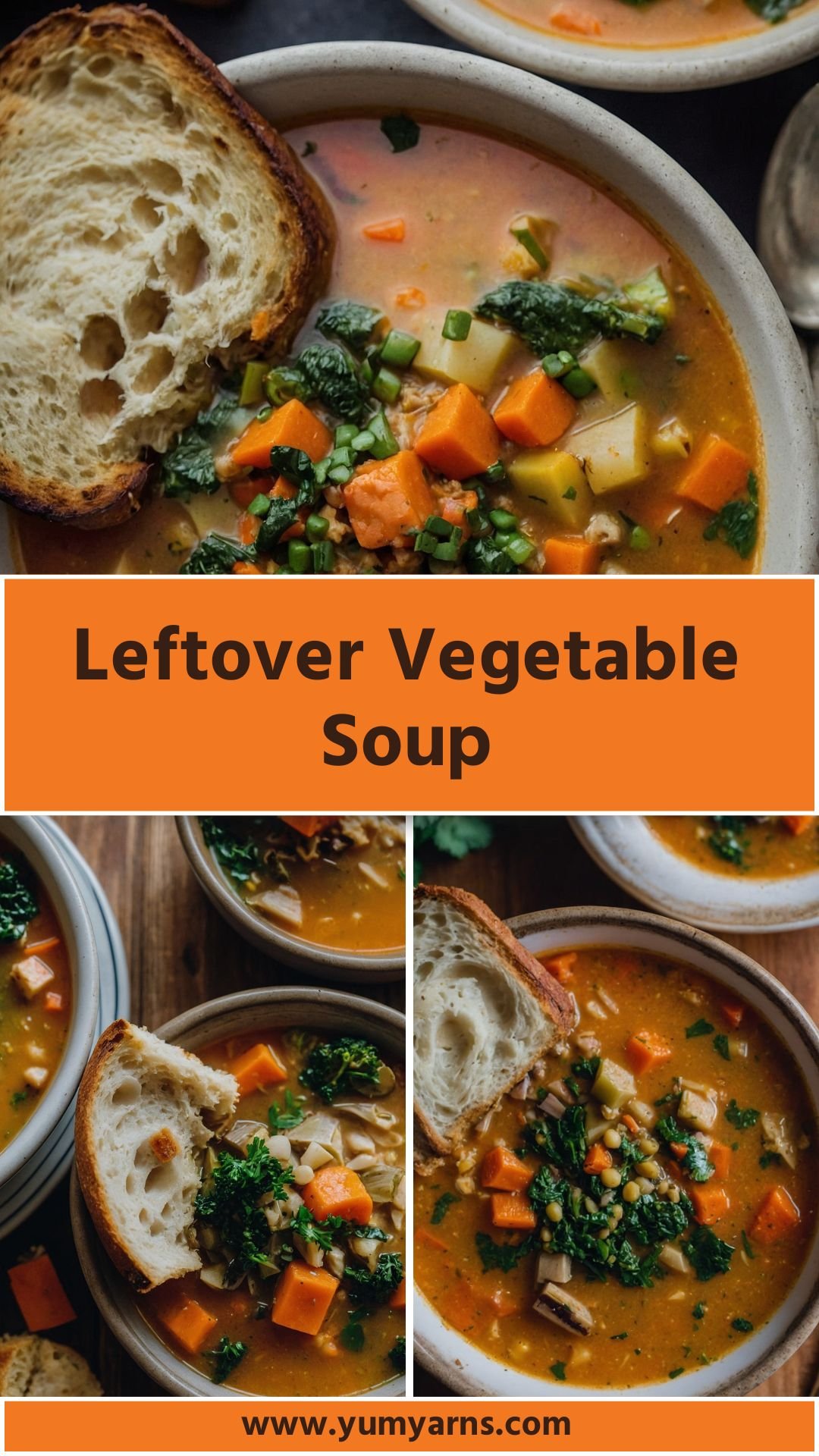When it comes to food, creating the perfect meal is often about balance. You want to consider contrasting flavors and textures that complement each other. Spinach and artichoke stuffed beignets exude a creamy, savory richness that begs for something on the lighter or tangier side. Here’s what I would consider pairing with them:
1. Fresh Garden Salad: A simple salad with crisp romaine, cherry tomatoes, and a tangy vinaigrette will cut through the richness of the beignets. You get crunch and freshness in every bite.
2. Citrusy Dipping Sauce: A zesty lemon or lime aioli can provide a refreshing acid that elevates each bite. The citrus notes can lighten the heaviness of the beignets.
3. Herbed Yogurt Sauce: A cool sauce made from Greek yogurt, dill, and garlic can offer a creamy yet refreshing counterpoint to the fried dough.
With these ideas in mind, let’s dive into the delightful journey of making spinach and artichoke stuffed beignets.

Every now and then, something magical happens in the kitchen. One moment you’re mixing ingredients, and the next you have a dish that makes you want to dance. For me, that dish is spinach and artichoke stuffed beignets. Picture this: crispy dough on the outside, and a luscious, cheesy filling bursting inside. These beignets are a delightful crossover between savory pastries and appetizers, perfect for gatherings or just a cozy evening at home.
What makes this recipe even more special is how the flavors and textures mingle. The gentle crunch of the beignet contrasts wonderfully with the creamy stuffing of artichokes and spinach. Plus, frying these little beauties fills the kitchen with tantalizing aromas that invite everyone to gather. Trust me; your friends will flock to the kitchen like bees to honey!
So, let’s grab our aprons and embark on this culinary adventure.
Why This Recipe Works?
Here are a few compelling reasons why this recipe is worth trying:
1. Unique Flavor Profile
Spinach isn’t just for salads. Mixing it with artichokes and creamy cheeses creates a flavor explosion. The tangy artichokes balance the earthiness of spinach while the cheese adds a savory depth.
2. Versatile Dish
These beignets can be served as appetizers, snacks, or even as part of a main course. You can adapt them to fit any occasion, whether it’s a casual get-together or a more formal gathering.
3. Comfort Food with a Twist
Fried dough filled with a cheesy filling evokes comfort. However, with the addition of spinach and artichoke, it feels elevated. It’s like your favorite comfort food but dressed up for a fancy night out!
4. Perfect for Meal Prep
This recipe is excellent for making ahead. You can prepare the filling and components a day in advance. When it’s time to eat, you’ll just fry them fresh for maximum crunch!
You will also like the following Appetizers recipes!
How Does It Taste Like?
If you’ve ever indulged in a classic spinach and artichoke dip, imagine that flavor encapsulated in a warm, crispy beignet. The moment you take a bite, your taste buds are treated to a creamy and cheesy filling, with bursts of flavor from the artichokes. The beignet itself carries a subtle sweetness that contrasts beautifully with the richness inside. The touch of garlic in the filling only heightens the experience.
The textures play a significant role too. The crunchy exterior gives way to a soft, gooey center that is simply irresistible. That bite is a delightful combination of flavors and sensations that keeps you reaching for more.
What Sets This Recipe Apart from Other Spinach and Artichoke Stuffed Beignet Variations?
What distinguishes this version of spinach and artichoke stuffed beignets from others is its approach to flavor balance.
Fresh Ingredients: This recipe emphasizes using natural flavors by incorporating fresh, quality ingredients—like real artichoke hearts and pure cheeses. While some recipes may rely on a blend of store-bought components, here you’re creating magic from scratch.
Textural Integrity: Many beignets can become soggy if the filling is too wet. The technique of thoroughly draining the spinach ensures a perfect consistency, leading to a beautiful beignet that doesn’t lose its shape.
A Balanced Portion of Filling: The use of cream cheese as a base provides creaminess, while the Parmesan and mozzarella combined lend texture and bite. This triad creates a filling that is rich but not overwhelmingly heavy.
Lastly, there’s a little twist in the oil used for frying. Neutral oils allow the flavors to shine without imparting unnecessary taste, keeping the dish enjoyable.
The Ingredients
For the Spinach and Artichoke Filling
- 1 (15 oz.) can of artichoke hearts, rinsed, drained, and finely chopped: Adds a distinct tanginess.
- 1 teaspoon minced garlic: This is the flavor booster that elevates the dish.
- 1 cup frozen chopped spinach, thawed and thoroughly drained: A must for that filling green taste.
- ¼ cup finely grated Parmesan cheese: Contributes a nutty and savory undertone.
- 2 (8 oz.) packages of cream cheese, softened to room temperature: Creates a creamy, luscious filling.
- 4 ounces shredded mozzarella cheese: For that melty goodness.
- Salt and freshly ground black pepper, to taste.
For the Beignets
- ¾ cup tangy buttermilk: Adds flavor and helps the dough rise.
- 3 tablespoons granulated sugar: Provides a subtle sweetness to the dough.
- 4 teaspoons active dry yeast: Acts as a leavening agent.
- 1 tablespoon unsalted butter, melted: Enhances richness.
- 3 ½ cups bread flour: Gives the dough structure.
- 1 large egg, lightly beaten at room temperature: Binds the mixture.
- 2 ounces finely grated Parmesan cheese: To integrate that beautiful cheese flavor into the dough.
- ½ teaspoon baking soda: Helps with the rise.
- ¼ teaspoon fine salt: For flavor enhancement.
- 1 cup warm water (95–115°F): Activates the yeast.
To Fry
- Neutral frying oil (such as canola or vegetable oil).

Instructions
Step 1: Prepare the Filling
Start by creating your delicious filling. Combine the chopped artichokes, minced garlic, drained spinach, both cheeses, and a pinch of salt and pepper in a bowl. Mix well until combined. Taste and adjust seasoning as necessary. Set this aside while you prepare the dough.
Step 2: Make the Dough
In a small bowl, mix the warm water and sugar. Add the yeast and let it sit for about 5–10 minutes until it becomes frothy.
In a large mixing bowl, combine the bread flour, Parmesan cheese, baking soda, and salt. Whisk them together. Make a well in the center and add the buttermilk, melted butter, the frothy yeast mixture, and the beaten egg. Mix until a rough dough forms. Don’t worry if it looks a bit shaggy.
Step 3: Knead the Dough
Transfer the dough onto a lightly floured surface. Knead for around 5–7 minutes until the dough is smooth and elastic. It should spring back at a gentle touch. Place it in a greased bowl, cover it, and let it rise for about 1 hour until doubled in size.
Step 4: Combine Filling and Dough
Once your dough has risen, punch it down gently. Turn it out onto a floured surface and roll it out into a rectangle about a quarter of an inch thick. Cut out squares, about 3 inches by 3 inches.
Take approximately a tablespoon of the filling and place it in the center of each square. Fold the corners over to seal the filling inside fully. Make sure they are well-sealed so they don’t burst while frying.
Step 5: Fry the Beignets
In a deep pot or a fryer, heat the neutral oil over medium-high heat until it reaches 350°F. Carefully place a few filled beignets into the hot oil, doing so in batches to avoid overcrowding.
Fry until golden brown, about 2-3 minutes per side. Remove them and place them on paper towels to drain excess oil. Repeat the process with the remaining beignets.
Step 6: Serve
Enjoy your freshly fried spinach and artichoke stuffed beignets warm. Consider serving with your favorite dipping sauce for added flavor!
Notes
Ensure proper drainage of spinach: Excess moisture can lead to soggy filling. Squeeze out as much water as possible.
Use a thermometer for frying oil: This ensures that your beignets cook evenly without burning.
Don’t overload the fryer: Fry in small batches to maintain consistent oil temperature.
Experiment with fillings: Feel free to add herbs or modify the cheeses based on your preference.
Cool completely before storing: This helps maintain freshness if you plan to save leftovers.
Nutrition Information
(These values are approximate and can vary based on specific ingredients used.)
Serving size: 1 beignet
Calories: 250
Total Fat: 15g
Saturated Fat: 8g
Cholesterol: 50mg
Sodium: 400mg
Total Carbohydrates: 25g
Dietary Fiber: 1g
Sugars: 1g
Protein: 7g

How Do You Store Spinach and Artichoke Stuffed Beignets?
If you happen to have any beignets left after your gathering (a rare occurrence, I must say), you can store them easily. Allow them to cool completely before placing them in an airtight container. They will keep in the fridge for about 3-4 days. For longer storage, you can freeze them. When you’re ready to eat, simply reheat in the oven or air fryer for crispiness.
Sides for Spinach and Artichoke Stuffed Beignets
1. Garlic Bread
Garlic bread is a classic side. It’s crunchy, buttery, and packs a punch of flavor that harmonizes wonderfully with the cheesy beignets.
2. Roasted Vegetables
A medley of seasonal roasted vegetables can lighten the meal. Seasoned simply with olive oil, salt, and pepper, roasted carrots, bell peppers, and zucchini are easy to prepare and provide a colorful plate.
3. Bruschetta
Bruschetta with tomatoes, basil, and a drizzle of balsamic glaze combines freshness and tangs. This appetizer pairs well and builds on the Mediterranean vibe of the stuffed beignets.
What Alternatives Can You Use for the Ingredients If They Are Not Present in Your Kitchen?
1. Fresh Spinach Instead of Frozen
You can use fresh spinach in place of frozen. Just sauté it briefly to wilt and drain extra moisture.
2. Ricotta or Goat Cheese Instead of Cream Cheese
If you want a lighter filling, ricotta cheese offers a lovely creaminess. Goat cheese also adds a tangy flavor that can elevate the filling.
3. Any Cheese for Variations
Mozzarella can be swapped for gouda or cheddar for a different flavor profile. Experimenting with cheese can lead to exciting results.
4. All-Purpose Flour Instead of Bread Flour
If you don’t have bread flour, all-purpose flour will work in a pinch. Just note that the texture might be slightly different, but still delicious!

Spinach and Artichoke Stuffed Beignets
Equipment
- Bowls
Ingredients
For the Spinach and Artichoke Filling
- 1 15 oz. can of artichoke hearts, rinsed, drained, and finely chopped: Adds a distinct tanginess.
- 1 teaspoon minced garlic: This is the flavor booster that elevates the dish.
- 1 cup frozen chopped spinach thawed and thoroughly drained: A must for that filling green taste.
- ¼ cup finely grated Parmesan cheese: Contributes a nutty and savory undertone.
- 2 8 oz. packages of cream cheese, softened to room temperature: Creates a creamy, luscious filling.
- 4 ounces shredded mozzarella cheese: For that melty goodness.
- Salt and freshly ground black pepper to taste.
For the Beignets
- ¾ cup tangy buttermilk: Adds flavor and helps the dough rise.
- 3 tablespoons granulated sugar: Provides a subtle sweetness to the dough.
- 4 teaspoons active dry yeast: Acts as a leavening agent.
- 1 tablespoon unsalted butter melted: Enhances richness.
- 3 ½ cups bread flour: Gives the dough structure.
- 1 large egg lightly beaten at room temperature: Binds the mixture.
- 2 ounces finely grated Parmesan cheese: To integrate that beautiful cheese flavor into the dough.
- ½ teaspoon baking soda: Helps with the rise.
- ¼ teaspoon fine salt: For flavor enhancement.
- 1 cup warm water 95–115°F: Activates the yeast.
To Fry
- Neutral frying oil such as canola or vegetable oil.
Instructions
Step 1: Prepare the Filling
- Start by creating your delicious filling. Combine the chopped artichokes, minced garlic, drained spinach, both cheeses, and a pinch of salt and pepper in a bowl. Mix well until combined. Taste and adjust seasoning as necessary. Set this aside while you prepare the dough.
Step 2: Make the Dough
- In a small bowl, mix the warm water and sugar. Add the yeast and let it sit for about 5–10 minutes until it becomes frothy.
- In a large mixing bowl, combine the bread flour, Parmesan cheese, baking soda, and salt. Whisk them together. Make a well in the center and add the buttermilk, melted butter, the frothy yeast mixture, and the beaten egg. Mix until a rough dough forms. Don’t worry if it looks a bit shaggy.
Step 3: Knead the Dough
- Transfer the dough onto a lightly floured surface. Knead for around 5–7 minutes until the dough is smooth and elastic. It should spring back at a gentle touch. Place it in a greased bowl, cover it, and let it rise for about 1 hour until doubled in size.
Step 4: Combine Filling and Dough
- Once your dough has risen, punch it down gently. Turn it out onto a floured surface and roll it out into a rectangle about a quarter of an inch thick. Cut out squares, about 3 inches by 3 inches.
- Take approximately a tablespoon of the filling and place it in the center of each square. Fold the corners over to seal the filling inside fully. Make sure they are well-sealed so they don’t burst while frying.
Step 5: Fry the Beignets
- In a deep pot or a fryer, heat the neutral oil over medium-high heat until it reaches 350°F. Carefully place a few filled beignets into the hot oil, doing so in batches to avoid overcrowding.
- Fry until golden brown, about 2-3 minutes per side. Remove them and place them on paper towels to drain excess oil. Repeat the process with the remaining beignets.
Step 6: Serve
- Enjoy your freshly fried spinach and artichoke stuffed beignets warm. Consider serving with your favorite dipping sauce for added flavor!
Notes
- Ensure proper drainage of spinach: Excess moisture can lead to soggy filling. Squeeze out as much water as possible.
- Use a thermometer for frying oil: This ensures that your beignets cook evenly without burning.
- Don’t overload the fryer: Fry in small batches to maintain consistent oil temperature.
- Experiment with fillings: Feel free to add herbs or modify the cheeses based on your preference.
- Cool completely before storing: This helps maintain freshness if you plan to save leftovers.
Nutrition
Frequently Asked Questions
1. Can I make the filling ahead of time?
Yes! You can prepare the filling a day in advance and store it in the refrigerator. This not only saves time but also allows the flavors to meld beautifully.
2. Are there any non-dairy alternatives for this recipe?
Absolutely! You can use non-dairy cream cheese and substitute the cheeses with vegan options. Almond milk can work as a substitute for buttermilk if needed.
3. Can beignets be baked instead of fried?
While frying gives that iconic texture and flavor, you can bake them for a healthier option. Brush them with oil or butter and bake in a preheated oven at 375°F until golden brown.
4. What dips pair well with these beignets?
A ranch dip, marinara sauce, or a spicy aioli can pair well. They enhance the flavors and add a new dynamic to the dish.
Conclusion
Spinach and artichoke stuffed beignets are more than just a trendy dish; they are a celebration of flavor and creativity in the kitchen. They bring warmth and joy with every crispy bite. As a food enthusiast and recipe creator, I can genuinely say this dish perfectly balances indulgence and fun. Whether you’re sharing with friends or keeping them all to yourself (who could blame you?), they’re bound to steal the show.
So, when the craving strikes, whip up a batch and enjoy the magic that happens. With every golden bite, you’ll find yourself transported to a place where comfort food reigns supreme—and that place is right in your kitchen. Happy cooking!




